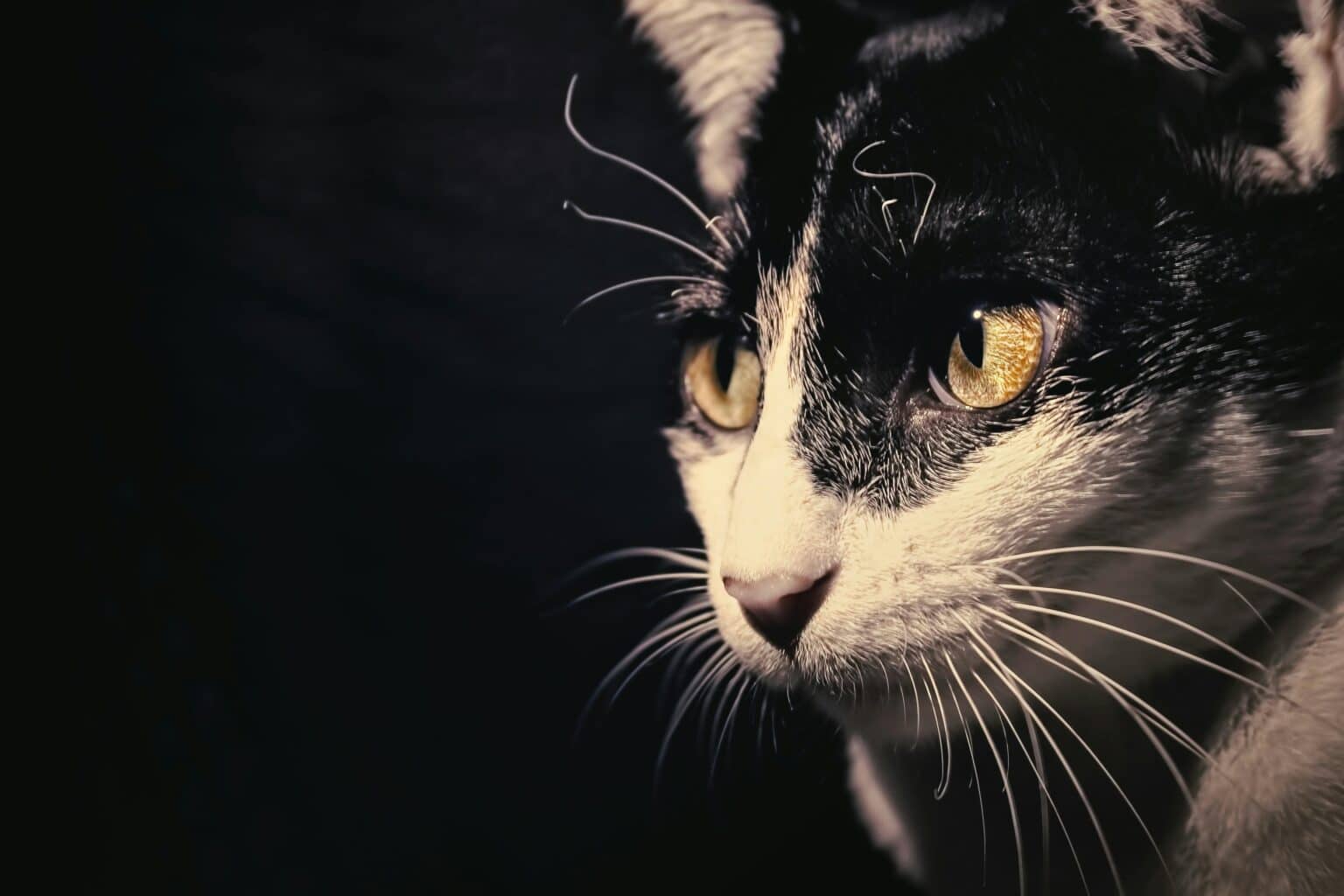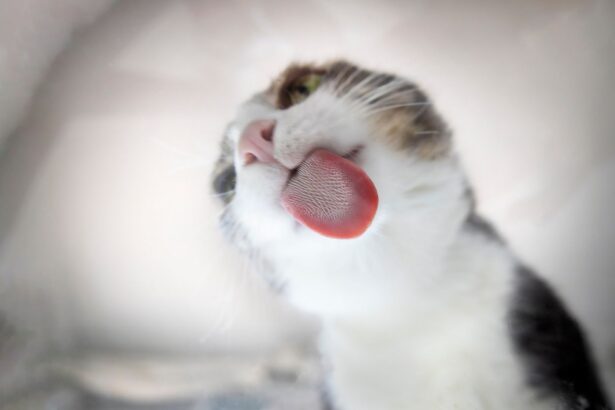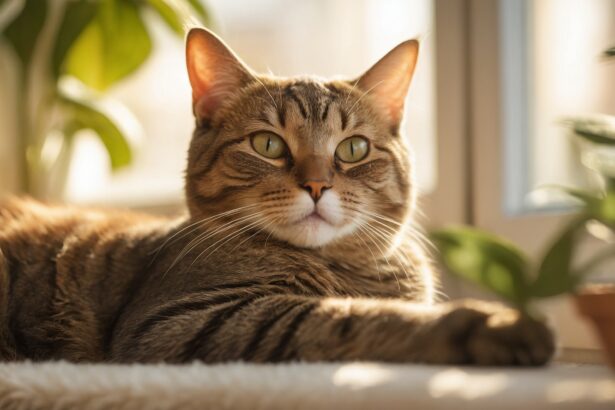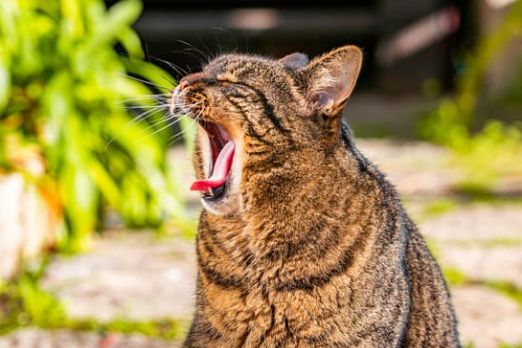Ever wished you could borrow your cat’s eyes for a day? From shimmering blues to midnight adventures, feline vision is a world apart from ours. Slip into whisker mode: here’s how your little hunter actually sees her kingdom.
Color vision in cats: what really stands out?
Do cats see color or only black and white?
Cats do see color—just not the full rainbow. They’re most sensitive to blues and greens, while reds and pinks tend to look muted or grayish. That’s why a bright red toy may be less exciting to your cat than a cool blue feather wand.
Which colors catch a cat’s eye?
Blues, violets, and greens often get the most attention. For play sessions, choose toys in these hues, especially those that flutter or shine. Bonus: matte blues are easier for cats to pick out against busy backgrounds.
Common mistake to avoid: stocking up on red toys. They can look dull to your cat, so opt for blue-green tones instead for instant engagement.
Curious about nighttime cuddles too? Discover why cats sleep with us and what it says about your bond.
Night vision: why your cat is a moonlight pro
The secret anatomy behind their glow-in-the-dark gaze
Two superpowers help cats in low light. First, slit pupils open wide at dusk to let in more light and narrow tightly in bright sun. Second, the tapetum lucidum—a reflective layer behind the retina—bounces light back through the eye, squeezing extra detail from even the faintest glow.
- Enhanced rod cells for dim light sensitivity.
- A wider field of view than ours to catch sudden movement.
- That famous nighttime eye-shine? It’s the tapetum at work.
Can cats see in total darkness?
Not quite. Cats excel in low light, not in pitch black. With zero light, they rely on hearing, smell, whiskers, and memory to map their route. A small, indirect light is more than enough to help them glide safely.
Practical tip: place a soft, motion-activated night light near favorite routes—litter box, water bowl, sofa edge—to make nighttime strolls calmer and safer.
If nights are noisy at your place, here’s why cats meow at night and how to ease it.
Sharpness and distance: clear up close, fuzzier afar
How far can cats see clearly?
Cats are a little nearsighted. They see best at short to moderate distances—think the length of a room, not across the garden. Tiny details far away? Not their strong suit, which is why they prefer movement and shape over fine print.
Why does my cat miss what I’m pointing at?
Cats don’t naturally follow pointing like we do. Their eyes love motion and their brain prioritizes moving targets. Try wiggling the object slowly or tapping it to create a tiny movement—it’s a language they instinctively understand.
Want to read more body signals? Tail swishes say a lot—unlock the code with why cats wag their tails.
Movement detection: where cats truly shine
Why moving objects are irresistible
Your cat is built to track motion. Their visual system is tuned to notice the slightest flicker—hence the obsession with fluttering toys or scurrying shadows. It’s a hunter’s brain in a velvet suit.
How to use it to supercharge playtime
Lean into what their eyes love. Try these simple ideas:
- Alternate slow, slinky movements (like a lizard) and fast darts (like a mouse) with a wand toy.
- Rotate toys weekly to keep novelty high, and end sessions with a “catch” to satisfy their predator brain.
- Set micro-challenges: hide a toy under a rug edge or behind a cushion, then tease it out slowly.
Important: love a laser pointer? Keep sessions short and always finish by switching to a real toy your cat can grab. Without a final “catch,” some cats get frustrated.
After a good play-and-purr session, many cats knead to unwind. Here’s what cat kneading really means.
Surprising (but true) feline vision facts
Little things you’ll notice once you know
- Slow blink = I trust you. Cats often use soft, slow blinks to show affection—try returning it for a cozy connection.
- Screen time is different for them. Modern TVs and phones refresh fast enough for cats to follow movement, but they don’t perceive the same color richness we do.
- Whiskers help “see.” Not vision exactly, but whiskers map space in 3D—perfect for navigating tight corners at night.
And if your cat chooses your lap as the best viewing spot in the house, you might enjoy our guide to why cats love sleeping with us.
In short: your cat’s eyes are finely tuned for twilight, movement, and close-up action. Pick blue-green toys, add a soft night light, and end play with a satisfying “catch”—you’ll have one very content little panther at home.
FAQ
Can cats see phone and TV screens clearly?
They can track movement on modern screens and may react to birds or mice videos. Colors and details look different to them, but motion is captivating.
Do cats recognize their owners by sight?
Partly—silhouette and movement matter. But scent and voice are key, so your smell and tone are strong “you” signals.
How can I tell if my cat has vision problems?
Watch for bumping into objects, hesitation to jump, new clumsiness, or anxiety in dim light. If you notice changes, book a vet check.
What’s the best way to make toys more visible?
Choose blue or green toys, add subtle motion, and play against simple backgrounds. A quiet, well-lit corner helps your cat focus and pounce with confidence.








